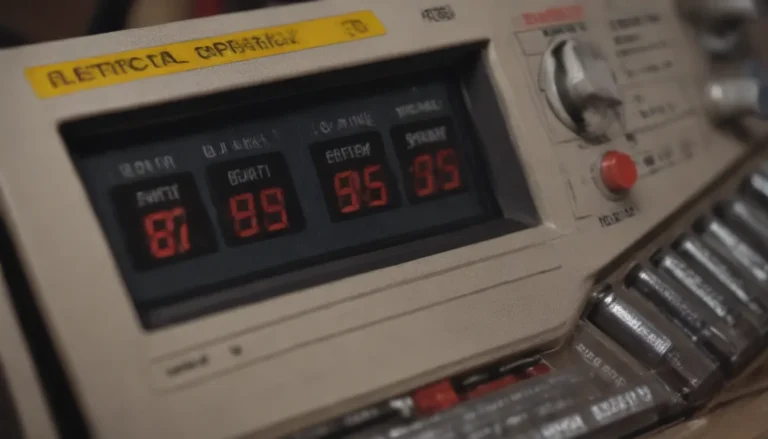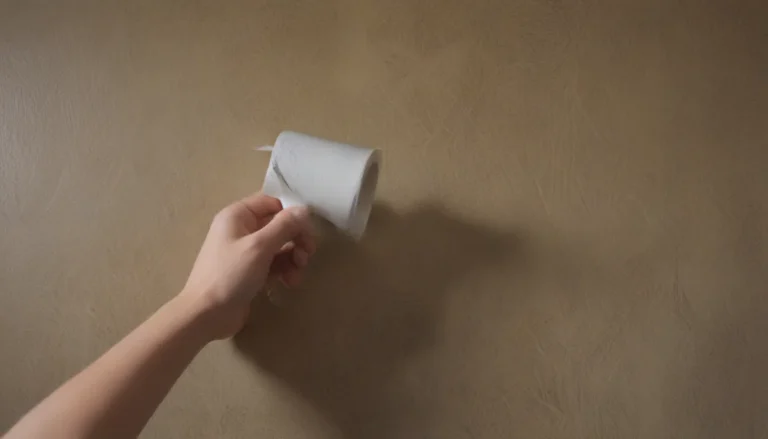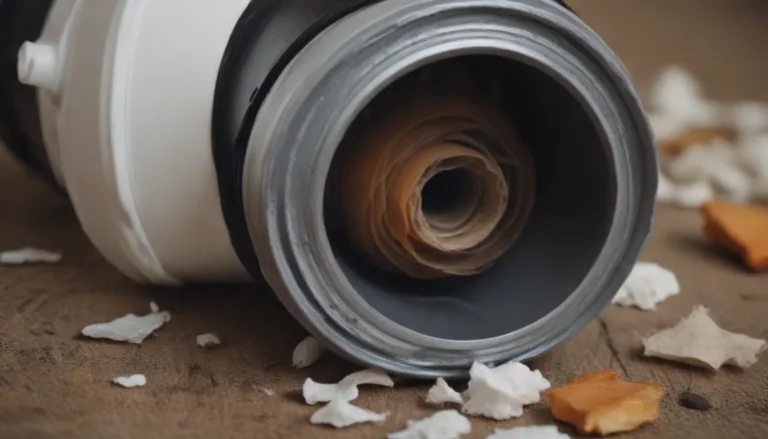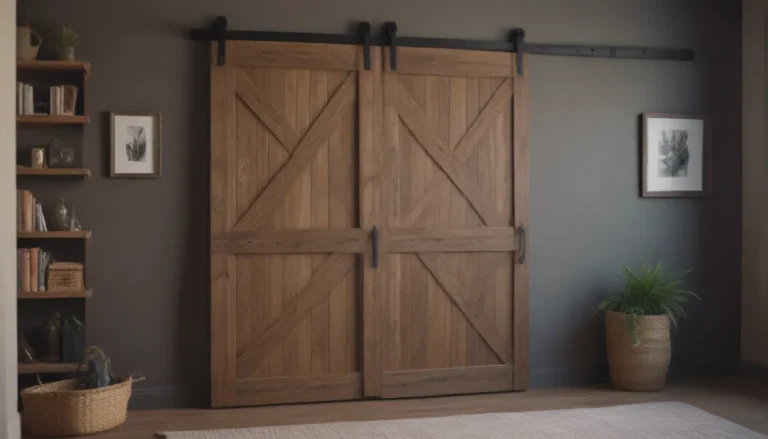Everything You Need to Know About Concrete Vibrators

Concrete vibrators are a crucial tool in the construction industry. They play a significant role in ensuring the integrity and strength of concrete structures. In this comprehensive guide, we will delve into what a concrete vibrator is, why you should use one, the types of concrete vibrators available, and tips for effectively using them.
What Is a Concrete Vibrator?
A concrete vibrator is a machine that helps in the production of stronger concrete by vigorously shaking the freshly poured concrete to eliminate air bubbles or air pockets. These air pockets can substantially weaken a concrete structure. Concrete vibrators come in various shapes and sizes, some being small, hand-held devices that run on battery power, while others require an electric plug.
The main components of a concrete vibrator include a head, shaft, and vibrating motor. The shaft is inserted vertically into the concrete for a short period, usually around 15 seconds, to push the air bubbles to the surface. This process helps in achieving a more compact and durable concrete structure.
Why You Should Use a Concrete Vibrator
When pouring concrete, it is common for the mixture to contain numerous air bubbles. These air bubbles can weaken the concrete structure significantly. Using a concrete vibrator is essential to eliminate these air pockets by vigorously shaking the concrete during the pouring process. In many cases, using a concrete vibrator is not only recommended but also a building code requirement to ensure the structural integrity of the concrete.
Types of Concrete Vibrators and How They Work
Concrete vibrators come in different forms and can be powered by electricity or air. The applications for concrete vibration can be categorized into three basic groups:
- Formwork Vibration: This type of vibration is applied to the formwork to ensure proper compaction and eliminate air voids.
- Surface Vibration: Surface vibration is used to level and smooth the surface of the concrete.
- Internal Vibration: Internal vibration involves inserting the vibrator directly into the concrete to remove air bubbles and ensure proper compaction.
Tips for Using a Concrete Vibrator
How Long to Vibrate Concrete?
One common issue with concrete pouring is under-vibration or improper vibration. It is crucial to withdraw the vibrator slowly, at a rate of around 1 inch per second. If air bubbles continue to emerge as the vibrator is removed, additional vibration is necessary. Over-vibrating can lead to water and aggregates separating, affecting the strength and aesthetics of the concrete.
Be Ready Before You Pour
Proper vibration requires skill and experience. Always have a spare concrete vibrator on hand in case of equipment failure. Insert the vibrator in a vertical position to maximize its effectiveness. Avoid bending the vibrator excessively, as it can damage the tool. Do not use a vibrator as a concrete placement tool, as this can lead to surface inconsistencies and other issues.
Follow the Proper Usage Steps
Before using the vibrator, ensure that specific areas of concrete have not been vibrated previously. Submerge the vibrator head fully into the concrete and hold it in place for at least 10 seconds before turning it on. Withdraw the vibrator at a controlled rate, ensuring an overlap with the previous radius of vibration. Stop vibrating when no more air bubbles escape and the concrete develops a sheen.
Prevent Cold Joints
To prevent cold joints, do not force the vibrator into the concrete, as it can get caught on rebar. Ensure that the vibrator penetrates at least 6 inches into the previous layer of concrete to avoid cold joints. Cold joints occur when a new layer of concrete is poured on a hardened layer, preventing proper bonding between the two layers.
Don’t Under-Vibrate
Low-slump concrete, which is stiffer and has less workability, requires proper vibration to eliminate air voids. Using a lightweight, portable vibrator for small jobs can be beneficial. Self-consolidating concrete can also be used to eliminate the need for vibration. Vibration increases the density and strength of the concrete, making it more durable and resistant to structural defects such as honeycombing.
Additional Tips
- In some cases, an orbital sander can be used as a makeshift concrete vibrator by holding it against the formwork.
- Always be prepared with the necessary equipment and follow proper safety precautions when using a concrete vibrator.
By understanding the importance of concrete vibrators and following the tips outlined in this guide, you can ensure the durability and strength of your concrete structures. Remember, proper vibration is key to achieving a solid and long-lasting concrete finish.





